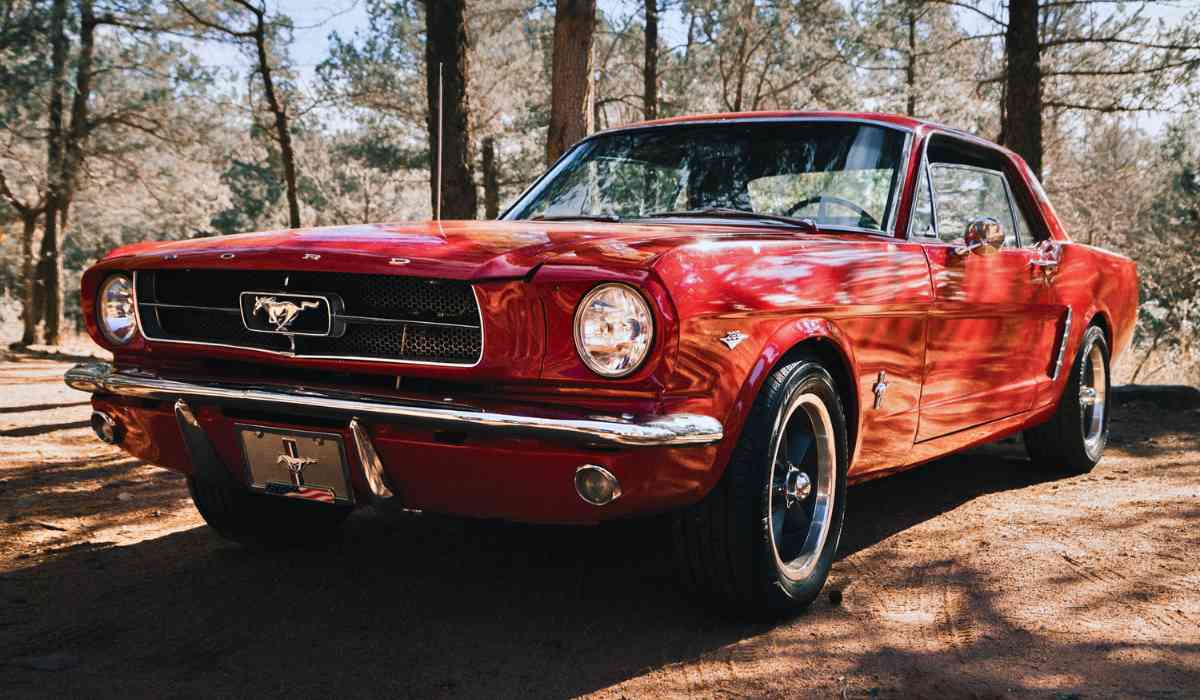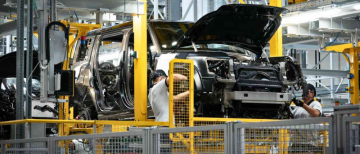The allure of vintage cars is undeniable. For many, these rolling works of art represent not just a mode of transport but a tangible link to history, engineering brilliance, and cultural significance. For collectors, the right vintage car can be a dream investment—one that appreciates in value, turns heads at every show, and offers the joy of ownership. But how do you separate the gems from the junk? Here’s your expert guide to spotting and investing in truly valuable vintage cars.
The Allure of Vintage Cars

Vintage cars captivate collectors for a host of reasons. Their unique designs, the stories they tell, and their rarity set them apart from modern vehicles. Unlike contemporary cars, which depreciate as soon as they leave the showroom, classic cars often appreciate over time—especially those with a compelling backstory, limited production numbers, or a place in automotive history.
For the true enthusiast, the hunt for the perfect vintage car is as thrilling as the ownership itself. Whether it’s a classic Jaguar, a rare Toyota 2000GT, or a beloved American muscle car, each vintage vehicle carries its own mystique and potential for investment.
What Makes a Vintage Car Valuable?

Not every old car is a classic, and not every classic is a sound investment. Several key factors determine a vintage car’s true value:
-
Originality and Matching Numbers: Cars with original engines, chassis, and body numbers that match factory records are highly prized. Factory documentation, build sheets, and heritage certificates can verify provenance and significantly boost value.
-
Condition: The car’s state is crucial. Professional valuers grade vehicles from concours (museum quality) to parts car (salvage only). Rust, mechanical issues, and poor restorations can drastically reduce value.
-
Restoration Quality: Authenticity matters more than perfection. Over-restored cars may look stunning but can be less valuable to serious collectors who prefer original or sympathetically preserved vehicles.
-
Documentation and Provenance: Service records, ownership history, and original purchase materials add confidence and value. Celebrity or racing history can command a premium, especially if thoroughly documented.
-
Period-Correct Components: Original paint, accessories, and period-correct upgrades enhance value, while non-period modifications typically detract from it.
-
Rarity and Historical Significance: Limited production runs, pioneering technology, or association with famous designers, racers, or events can make a car highly collectible.
How to Spot a Valuable Vintage Car
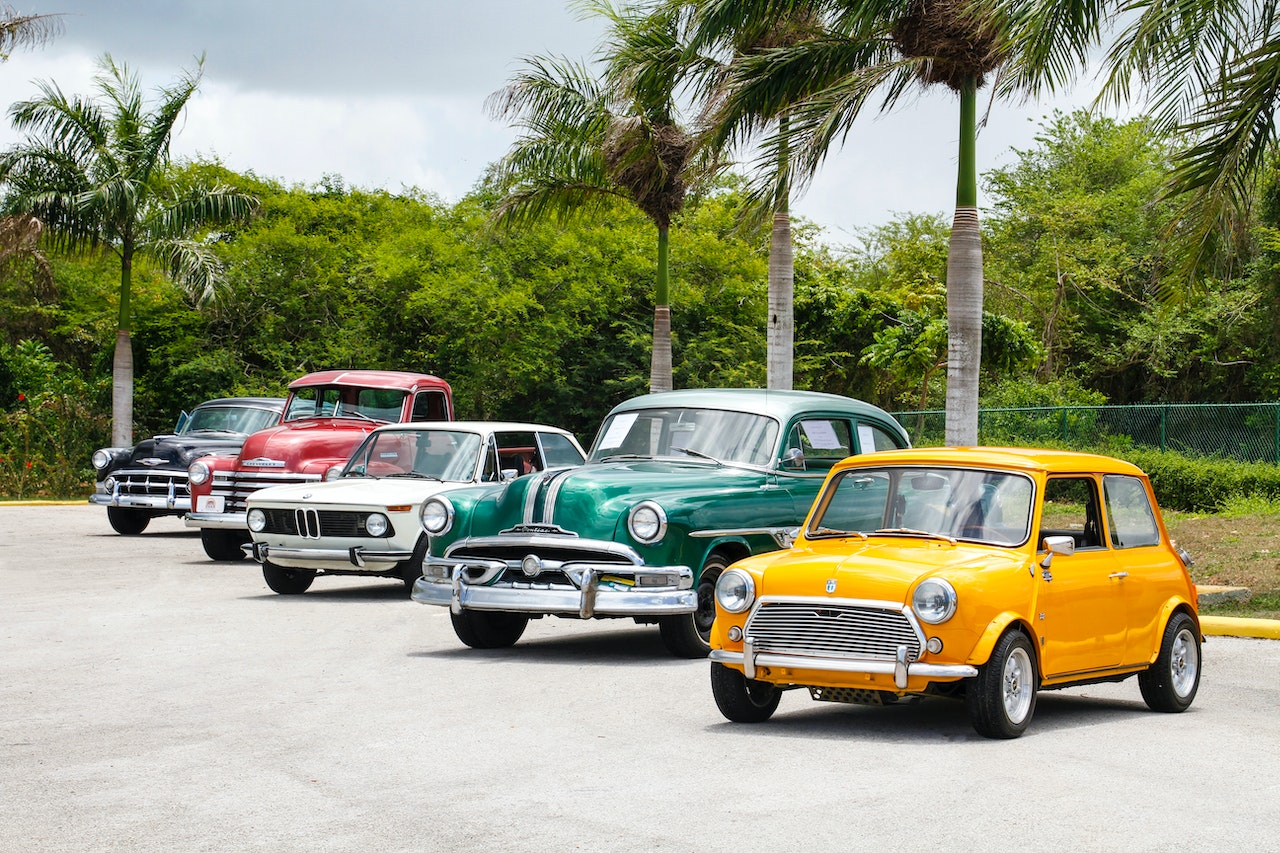
Finding a valuable vintage car requires a keen eye, patience, and a bit of detective work. Here’s how to approach the hunt:
1. Do Your Research
Before setting foot in a showroom or browsing listings, familiarize yourself with the marques and models that have a strong collector following. Study auction results, price guides, and online marketplaces to understand current trends and values.
2. Check for Originality
Look for vehicles with matching numbers and original components. Factory documentation is a strong indicator of authenticity. Beware of cars with swapped engines or major modifications unless they are period-correct and well-documented.
3. Assess Condition Thoroughly
Inspect the body, undercarriage, mechanical systems, interior, and cosmetic details. Rust is a major red flag, especially in regions with harsh climates. Original paint and interiors in good condition are big pluses.
4. Evaluate Restoration Quality
If the car has been restored, ensure the work was done professionally using period-correct methods and materials. Over-restoration or the use of modern parts can hurt value.
5. Review Documentation and Provenance
Collect as much paperwork as possible: original bills, service records, ownership history, and any documentation of celebrity or racing connections. These documents can make a car much more attractive to buyers.
6. Test Drive and Inspect
A test drive is essential to check mechanical condition and roadworthiness. If possible, have a professional mechanic or marque specialist inspect the car before purchase.
The Investment Potential of Vintage Cars
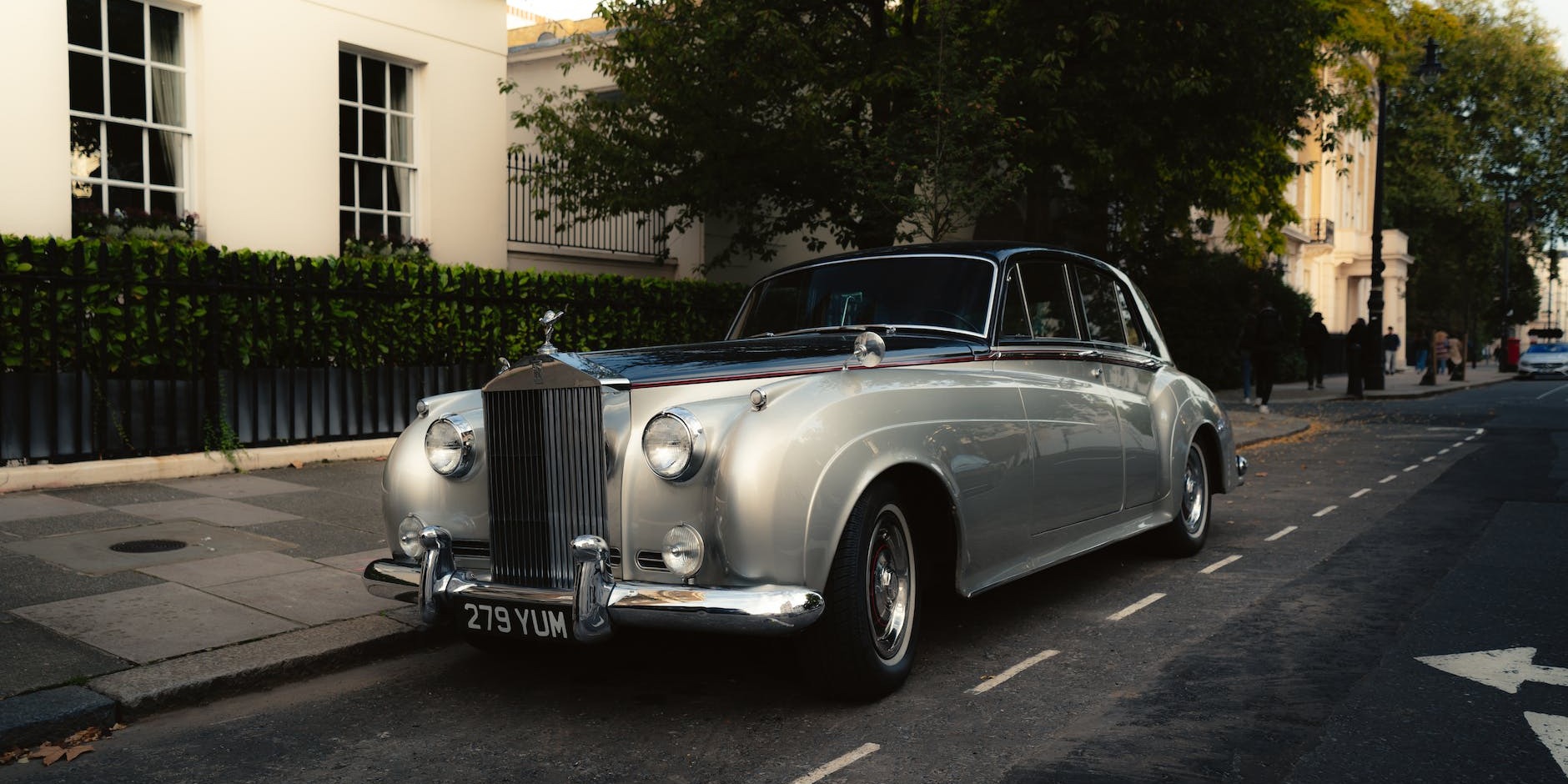
Classic cars are more than just beautiful objects—they can be savvy investments. Here’s why:
-
Appreciation Over Time: Unlike most modern vehicles, vintage cars often increase in value, especially if they are rare, historically significant, or have a strong fan base.
-
Portfolio Diversification: Collectible cars can diversify an investment portfolio, offering returns that are not directly tied to traditional markets.
-
Emotional and Cultural Value: The joy of ownership, the thrill of the hunt, and the sense of connection to automotive history add intangible value that goes beyond financial returns.
However, investing in vintage cars is not without risks:
-
High Maintenance and Storage Costs: Vintage cars require regular upkeep, specialized storage, and insurance, which can add up over time.
-
Market Volatility: Tastes and economic conditions change. What’s hot today may not be tomorrow, so it’s important to buy quality and be aware of market trends.
-
Authenticity and Fraud Risks: The market is not immune to fraud or misrepresentation. Thorough research and professional authentication are essential.
Tips for Investing in Vintage Cars

To maximize your chances of success, follow these expert tips:
1. Buy the Best Example You Can Afford
Quality always commands a premium. A well-preserved, original car with strong documentation will always be more marketable than a project car or a poorly restored example.
2. Focus on Proven Winners
Look for models with a track record of appreciation and a strong collector following. Brands like Ferrari, Porsche, Jaguar, and certain American muscle cars have consistently performed well in the market.
3. Understand the Market
Stay informed about auction results, price trends, and emerging collectibles. Attend car shows, join clubs, and network with other collectors to gain insights.
4. Get Professional Help
Consider hiring a professional appraiser or marque specialist to verify authenticity and condition. Their expertise can save you from costly mistakes.
5. Think Long-Term
Vintage cars are not a get-rich-quick scheme. Be prepared to hold onto your investment for several years to realize its full potential.
The Psychology of Vintage Car Ownership

Owning a vintage car is as much about passion as it is about investment. For many collectors, the emotional connection to a particular model or era is what drives their pursuit. The thrill of restoring a forgotten classic, the camaraderie of car clubs, and the pride of showing off a beautifully preserved machine at a concours event all contribute to the appeal.
Moreover, vintage cars often evoke nostalgia, reminding owners of their youth or a bygone era. The sense of achievement that comes with preserving a piece of automotive history is deeply satisfying.
Case Studies: Vintage Cars That Made Headlines

-
Toyota 2000GT: Once overlooked, this Japanese classic now commands seven-figure sums at auction, thanks to its rarity, beauty, and racing pedigree.

-
McLaren F1: The 1995 McLaren F1 set a record when it sold for over $20 million in 2021, highlighting the potential for modern classics to become ultra-valuable.

-
Packard Twelve: A 1934 Packard Twelve 1108 Dietrich sold for $1.435 million in 2021, demonstrating the enduring appeal of pre-war luxury.
These examples show that with the right combination of rarity, history, and desirability, vintage cars can deliver extraordinary returns.
Common Pitfalls to Avoid
-
Overpaying in a Hot Market: Beware of bubbles. When prices spike due to hype, there’s always a risk of a correction. Buy quality, not hype.
-
Ignoring Maintenance Needs: Vintage cars require regular care. Neglect can lead to costly repairs and diminished value.
-
Skipping Professional Inspection: A thorough inspection by an expert can reveal hidden issues and prevent costly surprises.
-
Underestimating Storage Costs: Proper storage is essential to protect your investment from the elements and theft.
The Future of Vintage Car Collecting

As the automotive world evolves, so does the collector market. Electric vehicles and modern classics are beginning to enter the scene, but traditional vintage cars—especially those with internal combustion engines—remain highly sought after.
The rise of digital platforms and online auctions has made it easier than ever to buy and sell classic cars, but it has also increased the importance of due diligence and professional authentication.
Looking ahead, the most valuable vintage cars will likely be those that combine rarity, historical significance, and emotional appeal. As younger generations discover the joy of classic car ownership, the market is poised to remain vibrant and dynamic.
Final Thoughts
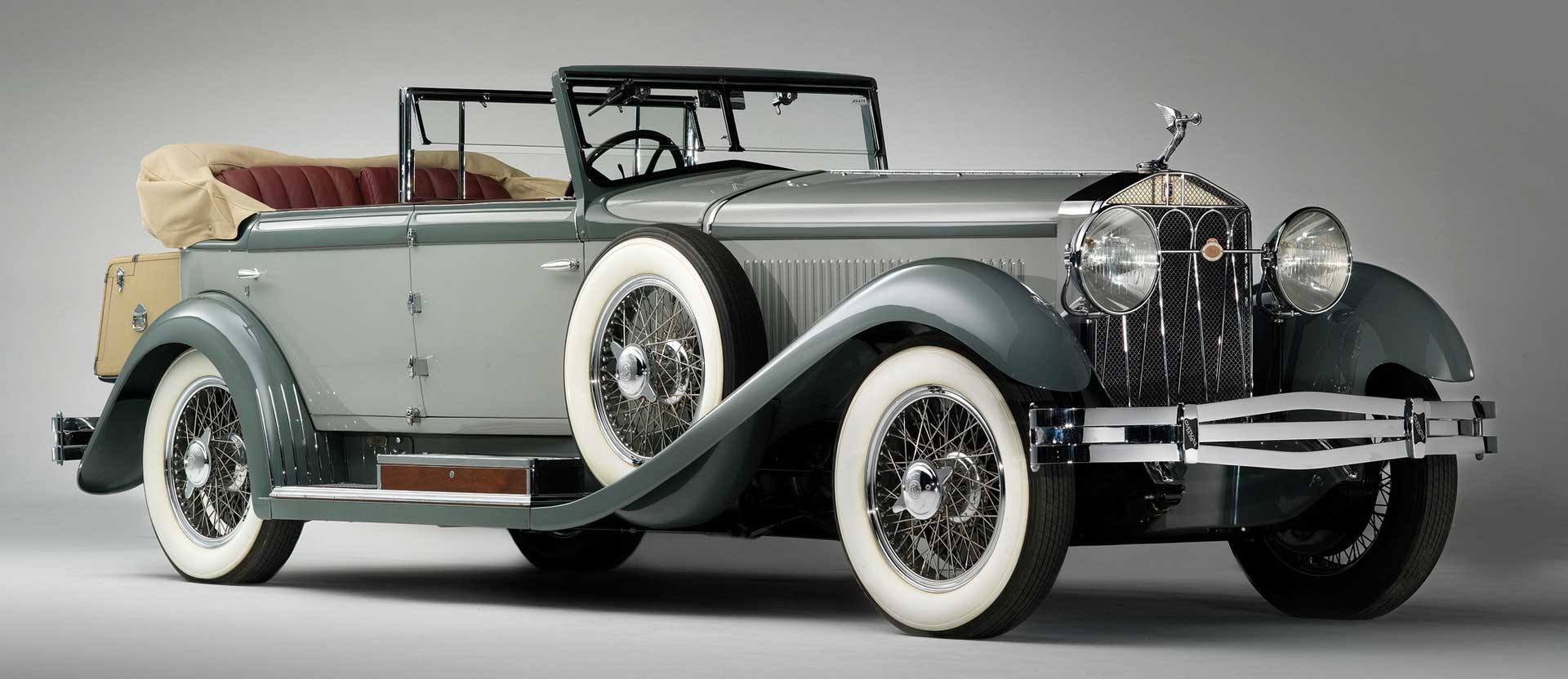
Spotting and investing in valuable vintage cars is both an art and a science. By focusing on originality, condition, documentation, and market trends, you can identify true collector’s items and avoid costly mistakes. Whether you’re driven by passion, profit, or both, the world of vintage cars offers endless opportunities for discovery and delight.
So, start your engines, do your homework, and join the ranks of those who have turned their love of classic cars into a rewarding—and potentially lucrative—collector’s dream.
With inputs from agencies
Image Source: Multiple agencies
© Copyright 2025. All Rights Reserved Powered by Vygr Media.

